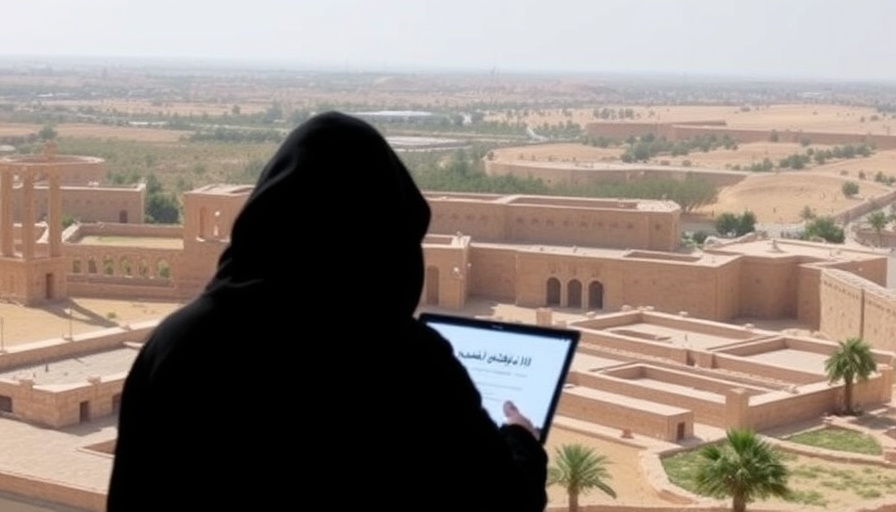
Understanding the Impact of Cyber Attacks on National Security
The recent hacking of the Israel Antiquities Authority's social media account by an Iranian group is a compelling reminder of the growing implications of cyber warfare in today's geopolitical landscape. Cyberattacks, which have the potential to disrupt communication and misinformation campaigns, can have far-reaching implications on national security. This incident underscores how technology is transforming the nature of warfare, extending it into the digital realm where even cultural institutions are not immune.
Social Media as a Battleground
In this modern era, social media has evolved into a complex battleground where information can be weaponized. The hackers used the X/Twitter platform not only to disseminate a threatening message towards Israeli commanders but also to gain visibility for their cause. By publicizing their actions through social media, they leveraged the platform's reach to make their threats resonate alarmingly within the public sphere.
What This Means for Cultural Institutions
The hacking of an organization like the Israel Antiquities Authority, an institution that plays a crucial role in preserving the historical and cultural heritage of a nation, signifies a new frontier in cyber conflict. When cultural institutions are targeted, the implications can be devastating. It raises questions about the safeguarding of cultural assets in the digital age and serves as a wake-up call for similar organizations worldwide to bolster their cybersecurity.
The Broader Context of Iran-Israel Tensions
This incident didn’t happen in a vacuum. The ongoing tensions between Iran and Israel are well-documented and often play out through both military and digital means. Cyberattacks have become a popular method for Iran to respond to what it perceives as Israeli provocations, with the country’s hackers seeking to gain both strategic advantage and public sympathy. As these conflicts escalate digitally, the landscape becomes increasingly complex, requiring informed responses on multiple fronts.
Future Predictions: Enhancing Cybersecurity Measures
Given the rise of digital threats, it’s predicted that nations will invest significantly in cybersecurity measures moving forward. Governments and organizations will likely collaborate closer to develop stronger defenses against cyberattacks, especially in sectors that relate to cultural heritage and information dissemination. This could involve adopting advanced technologies, enhancing personnel training, and increasing awareness about cybersecurity.
Action Steps for Cultural Institutions
Cultural institutions must not take these cyber threats lightly. The hacking of the Israel Antiquities Authority should prompt organizations around the globe to take immediate action. They should implement robust cybersecurity protocols, conduct regular audits of their digital defenses, and train employees on security measures. Engaging with cybersecurity experts and establishing crisis communication plans can also mitigate the impacts of potential attacks.
As more individuals and organizations become aware of these challenges, it's vital to participate in discussions about social media usage and cybersecurity. To deepen your engagement with this topic and learn more about how your organization can enhance its voice in a digital space, Book Your Brand Voice Interview Now!
 Add Row
Add Row  Add
Add 




Write A Comment